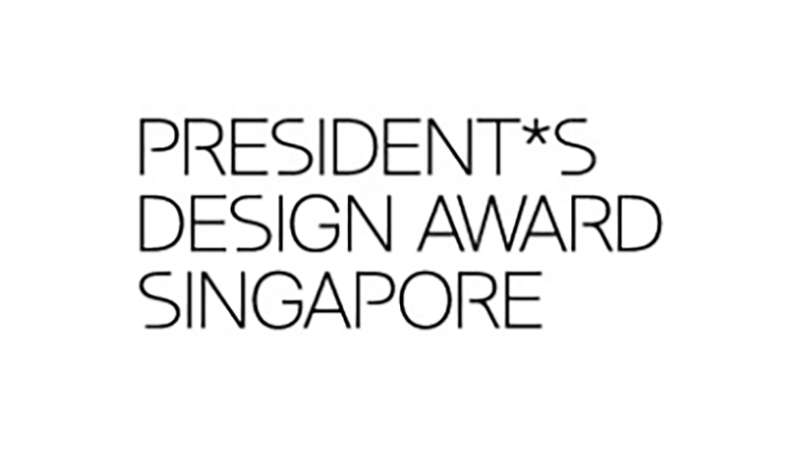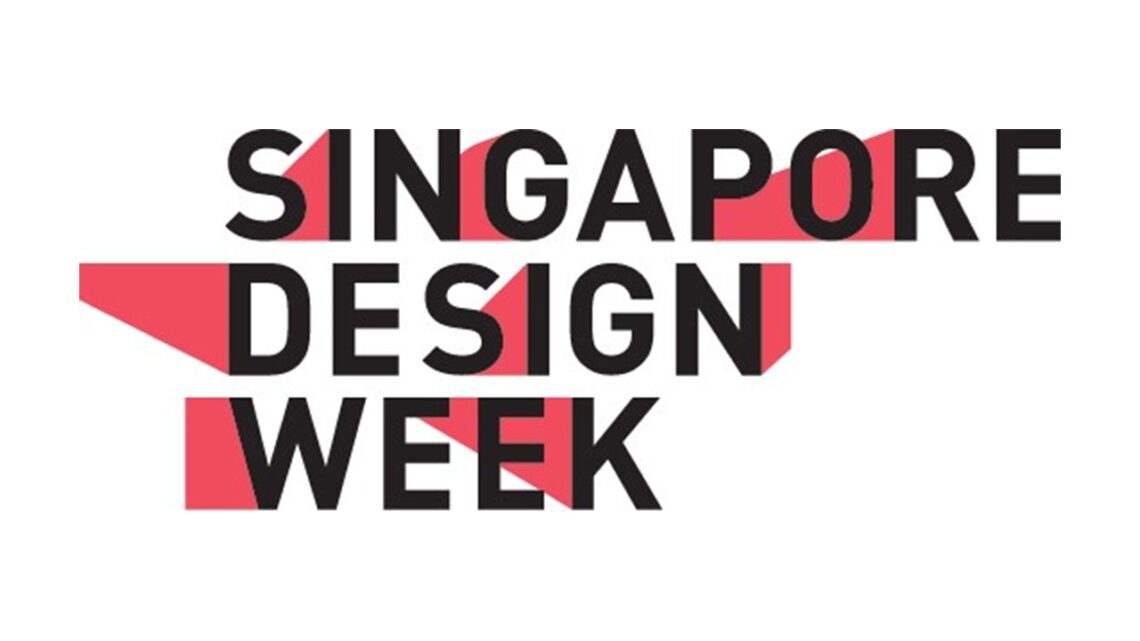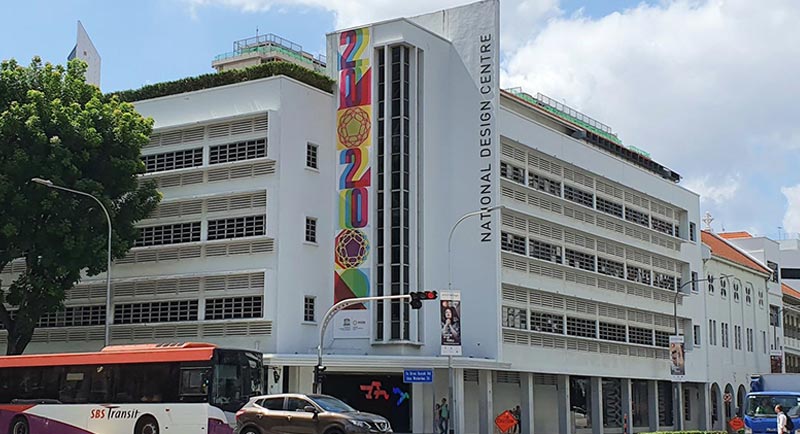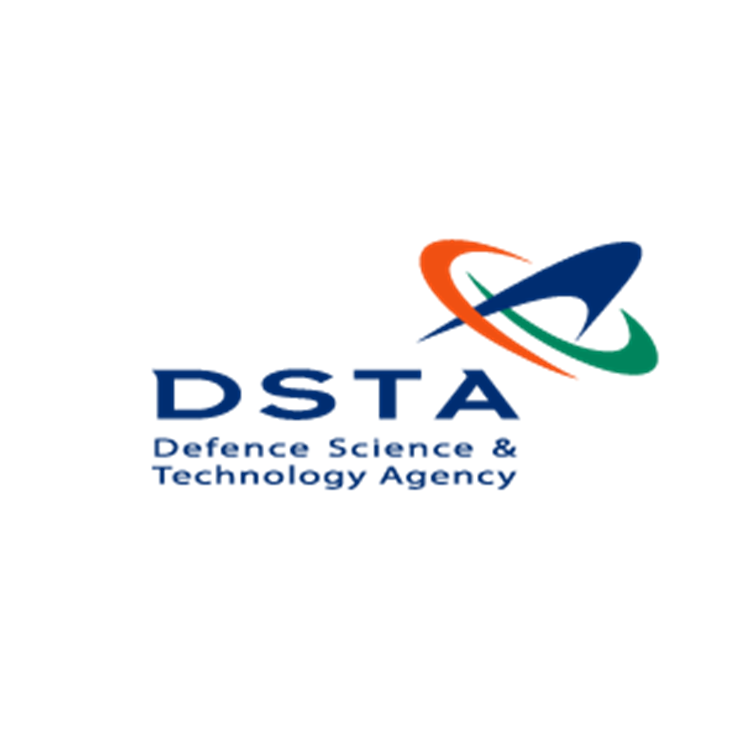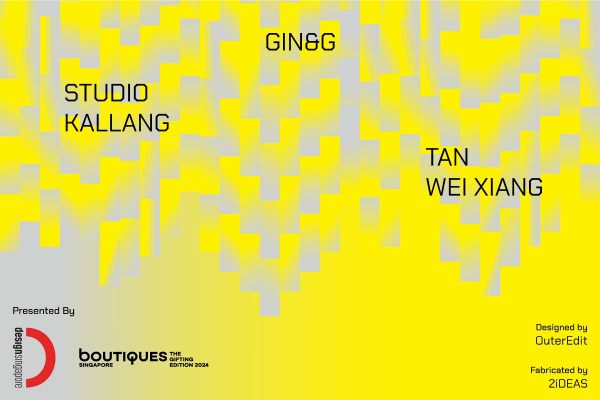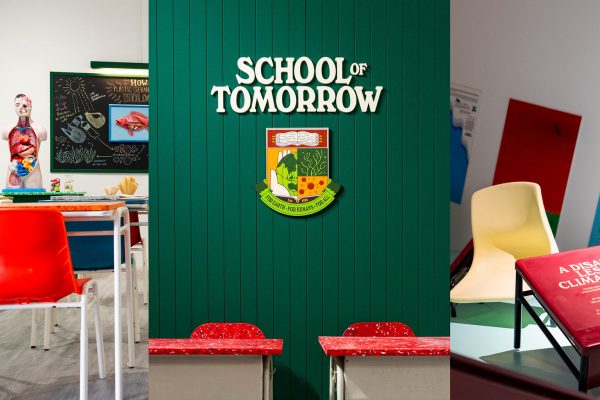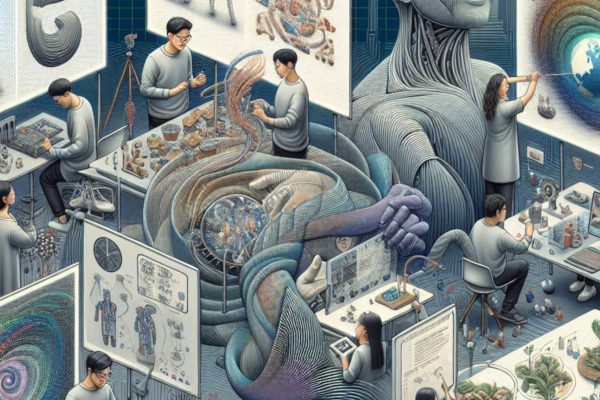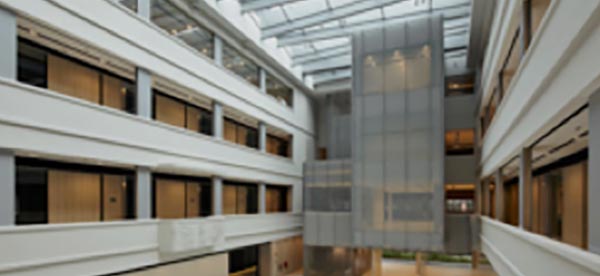A long-term partnership between Singapore’s Defence Science and Technology Agency and the Singapore University of Technology and Design to embed a culture of design innovation has resulted in customised defence solutions for the airmen, naval crew and soldiers of Singapore.
The Defence Science and Technology Agency (DSTA) exploits science and technology, and provides technological and engineering support for Singapore’s defence and security. As a statutory board under the Ministry of Defence, it delivers technological solutions to the Singapore Armed Forces (SAF) by nurturing talent, encouraging innovation and bringing together engineers and technical specialists as a united workforce.
In 2013, the agency began taking steps to introduce a design innovation (DI) culture within the organisation. This was a move spurred by the fact that “by 2030, the SAF will face a one-third reduction in manpower because of Singapore’s falling birth rates”, says Cheng Heng Ngom, Director C3 Development at DSTA.
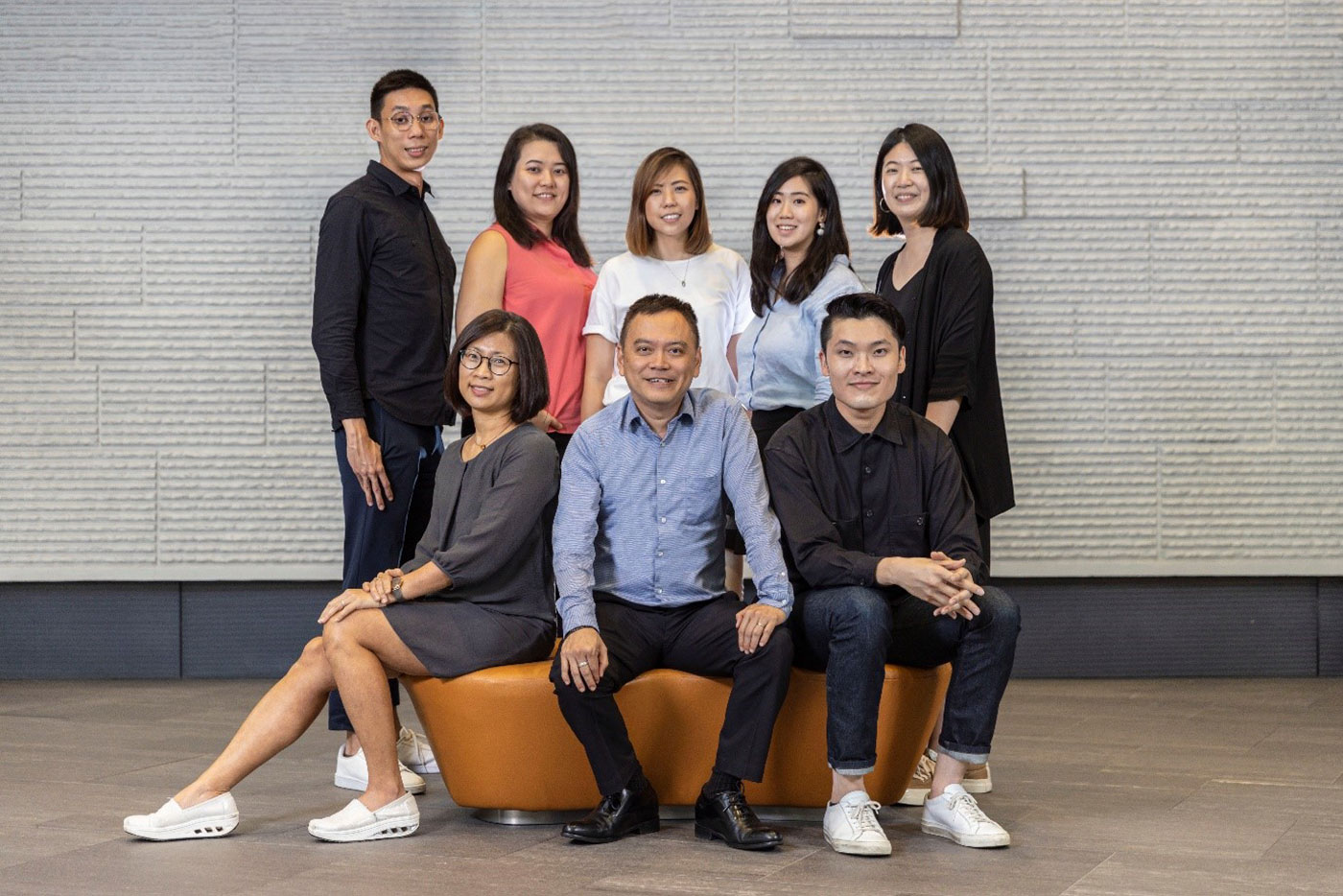
He added that with changing demographics, DSTA would have to go beyond designing systems based on functionality and consider the human element much more, when developing solutions customised for the airmen, naval crew, and soldiers of the SAF.
Unlike the conventional approach, where DSTA would ask the SAF for their requirements before proposing a solution, the DI approach meant that DSTA would first gain deeper insights into the SAF’s objectives and challenges through methods such as interviews and field observations, before proposing a solution.

You need visioning from top leadership, as well as champions who are inspired and want to drive it from the ground. If not, it’s primed for failure.
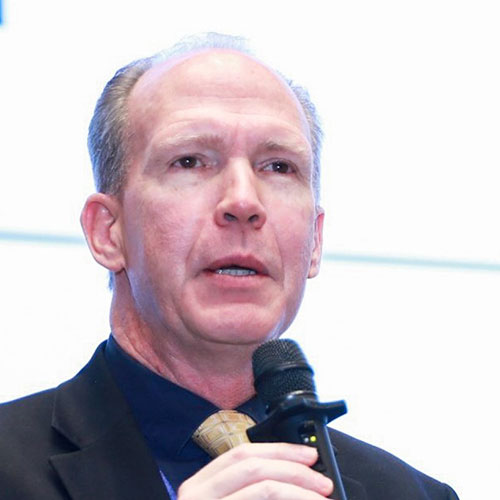
Professor Kristin Wood, Co-Director of the SUTD-MIT IDC
DSTA’s DI journey started with a series of initiatives to equip staff with DI knowledge and skills to apply to various domains. To further develop its expertise, DSTA signed a Memorandum of Understanding with the Singapore University of Technology and Design (SUTD) in 2015, harnessing its DI expertise via the SUTD-MIT International Design Centre (IDC). This combined DSTA’s strength in systems engineering and SUTD’s expertise on taking a human-centred, multidisciplinary approach to engineering design, and paved the way for joint research, consultancy, training and education in the areas of design innovation and engineering systems.
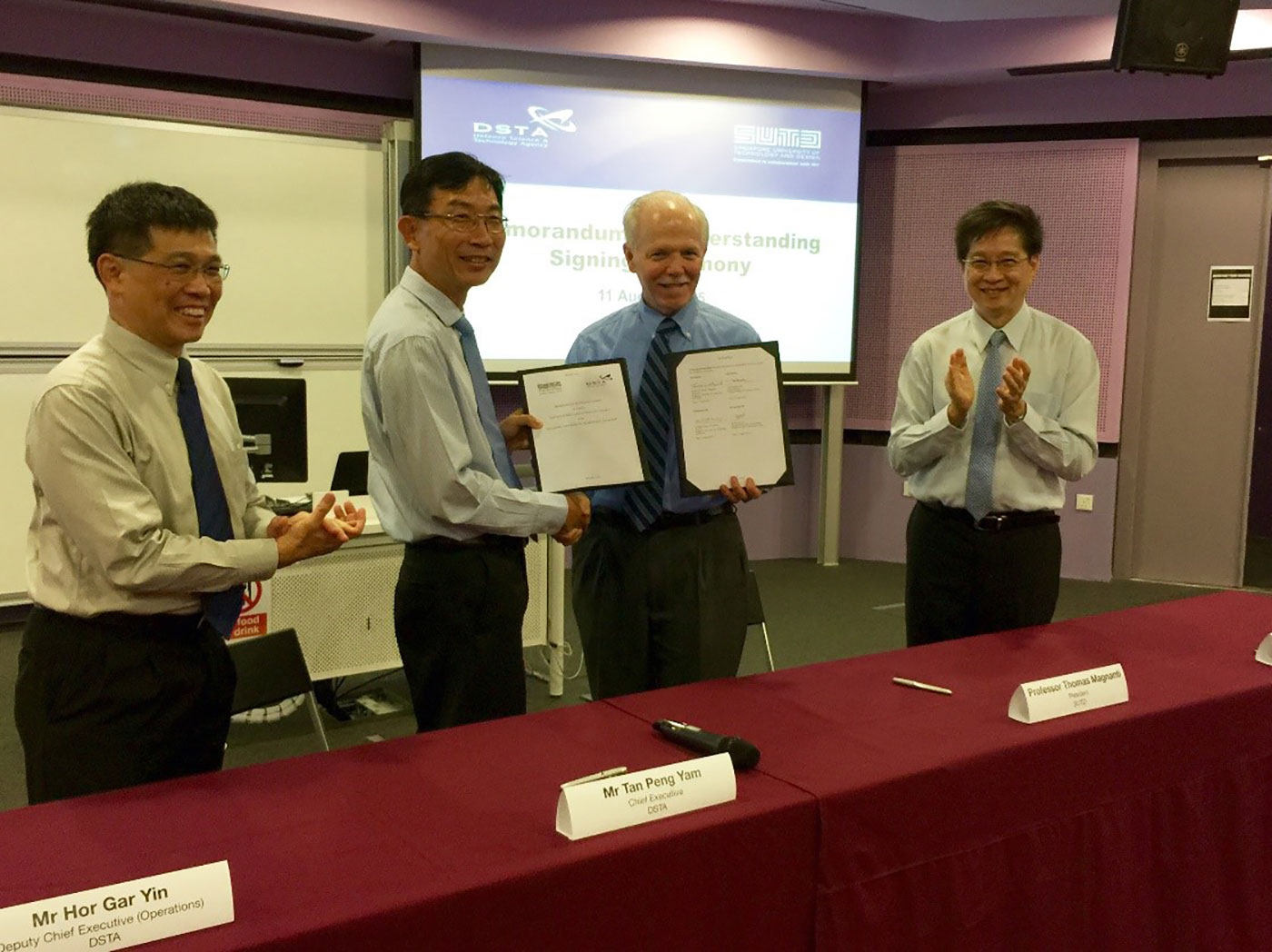
What is Design Innovation?
Their partnership resulted in a bespoke DI course, which Professor Kristin Wood, Co-Director of the SUTD-MIT IDC, was quick to point out had been co-created by both partners from the get-go, with DSTA involved in the designing and facilitation of the course.
Design Thinking (DT), a human-centric approach that arose from the creative fields, is a big part of DI. But Prof Wood explained that this DI course also included a business aspect – employing a business innovation model at the same time as DT – as well as a technical aspect, in the form of design engineering. In addition, it incorporated systems thinking in dealing with complexity. The customised DI course was therefore a unique blend of these four aspects.
Seeding the DI Culture
Since the introduction of DI six years ago, DSTA has trained some 400 staff in the approach, with another 200 by March 2020. In fact, DI proficiency has been incorporated within its Staff Development Framework, reflecting the culture of DI within the organisation. “This helps our staff better develop their competency in this domain and empowers them to set attainable goals for personal development,” says Cheng.
DSTA has gone further to establish an internal DI team charged to nurture the DI culture at all levels of the organisation. To enable staff to improve their techniques in DI application, the team also provides them with additional support and resources on DI, while benchmarking DSTA’s DI efforts against the industry.
Their efforts have not gone unnoticed. In 2019, DSTA received the Singapore Good Design Mark 2019 for its Integrated Command, Control and Communications (C3) System under the “Smart Design” category. This centralised incident management platform leverages cloud technology to enhance collaboration among different government agencies in real-time operations.
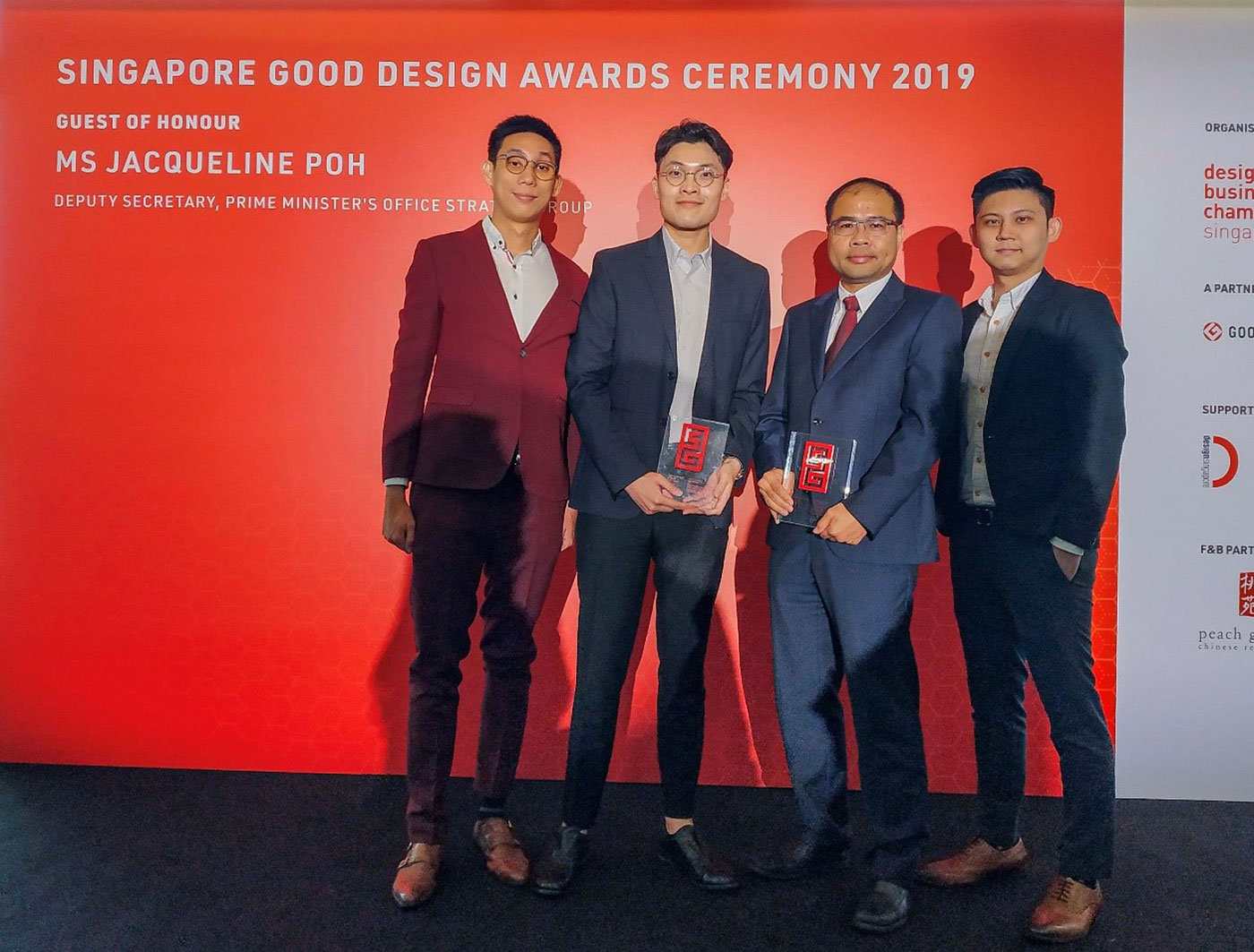
“Extensive research with hundreds of users enabled the team to identify common themes in their requirements for C3 systems,” says Cheng. “With that, they developed a common platform that allows public officers to make quicker and smarter decisions with tools that leverage AI, all the while working seamlessly with one another across agencies.”
Mentoring Included
A typical DI journey for DSTA officers begins with the aforementioned DI course, which includes interactive discussions, followed by live demonstrations by facilitators. The teams then apply these learnings to their projects, where they develop and pitch their prototypes to a panel.
While similar DI workshops have been customised for other organisations, SUTD-IDC’s DI course with DSTA includes an additional day, where teams reflect on and reframe the opportunity they’ve worked on during the course and apply what they have learnt to their own DI projects.
“We then mentor them over the next few weeks or months,” says Prof Wood. “It’s a long-term commitment.”
Previously, the teams were formed based on specific areas of work. But as challenges get more complex, they now cut across disciplines to deliver solutions that better meet users’ needs.
SAF counterparts are also invited to provide user perspectives. This not only helps validate the proposed solutions but also engages them to co-create DI strategies.
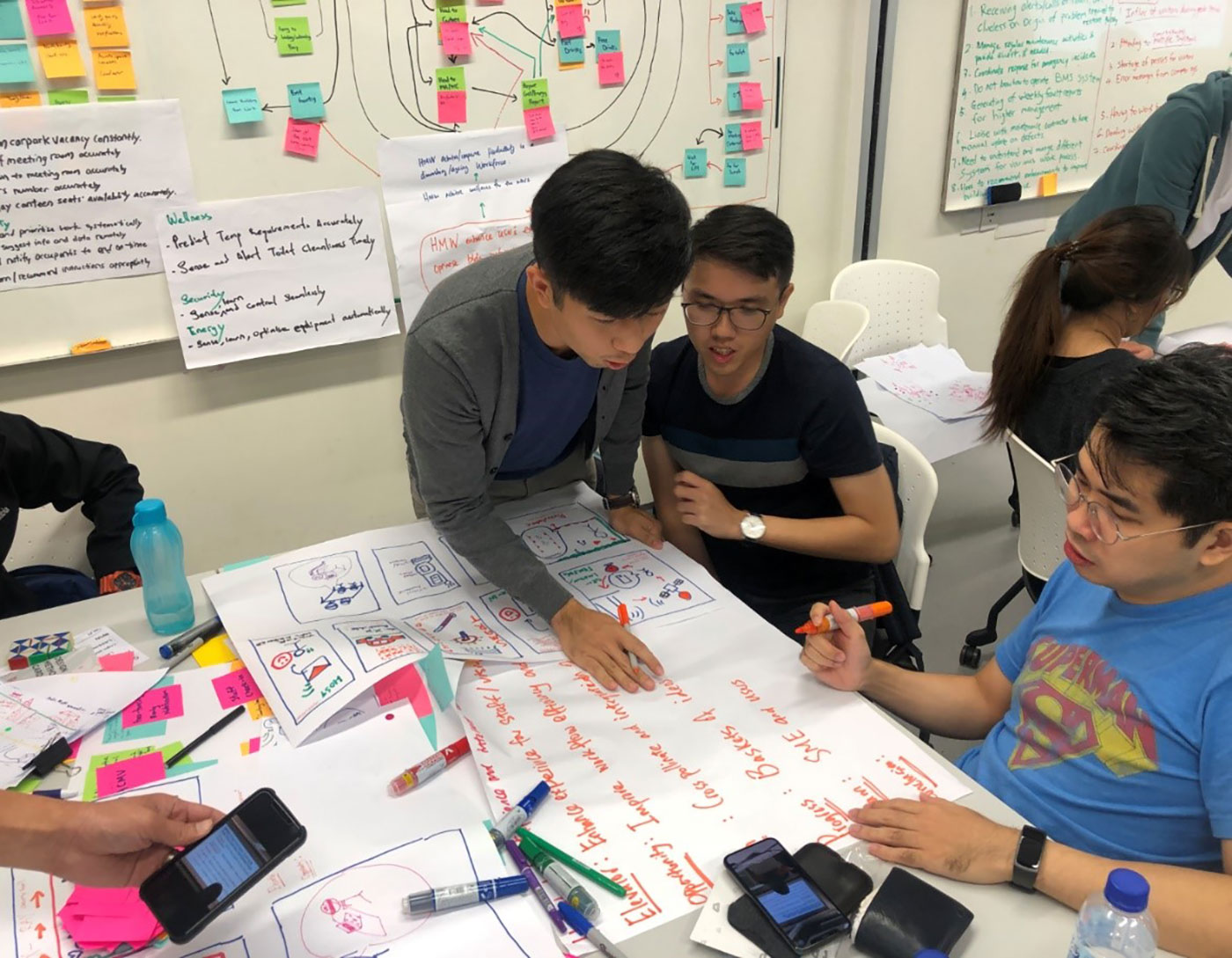
To implement DI on an enterprise level, senior staff responsible for capability development attend a specially curated strategic workshop on how to frame issues at the enterprise level and guide their teams on DI.
But introducing new principles and processes had its challenges.
“When we first embarked on our DI journey, some thought it was a buzzword for brainstorming; others saw it as just another process,” says Cheng. “But as we gained a better understanding of how to add this perspective to our systems engineering approach, we started to develop better solutions.”
Prof Wood is a firm believer that an organisation that commits to bringing DI into its culture must have both top-down and bottom-up support. “You need visioning from top leadership, as well as champions who are inspired and want to drive it from the ground. If not, it’s primed for failure.”
Strong management support was key, affirms Cheng. “Our Chief Executive Mr Tan Peng Yam started our DI journey to encourage innovation and tech-push ideas from staff. He takes ownership of DSTA’s DI journey, and is involved in the workshops and reviews to inspire and motivate staff.”
The Next Lap
By leveraging DI and conducting more iterative prototyping, development wastage has been reduced. Cheng explains, “We engage our users to co-identify problems and co-create solutions, and to refine the solutions based on their feedback. Not only is this method more agile and flexible, it also helps to achieve cost savings and more innovative outcomes.”
To ensure its effectiveness in solving challenges that are large-scale, complex and multidisciplinary, DSTA is scaling up its capabilities in emerging areas such as user experience (UX), artificial intelligence and data analytics (DA) to deliver innovative solutions that enhance user satisfaction and experience.
An example is exploring data-driven DI, which leverages DA to gain insights beyond just interviewing users to uncover latent needs.
“We’re also exploring supplementing DI with UX, as we see UX as a key component of good, user-friendly solutions,” says Cheng. “We’ve set up a centralised UX team, comprising UX architects and designers, to drive UX within key projects alongside DI-trained staff.”
The Design Innovation @ Singapore programme developed by SUTD-IDC (originally for DSTA) has since been replicated and customised for other organisations, including LTA, MCCY, ST Engineering and Singtel. In the last six years, SUTD-IDC has trained or conducted DI with 15,000 people in Singapore.
The learnings from this partnership have been invaluable, says Prof Wood. “We did not co-transform DSTA overnight. It was about doing it together and over an extended period. With its success, we’re ready to scale it further.”
